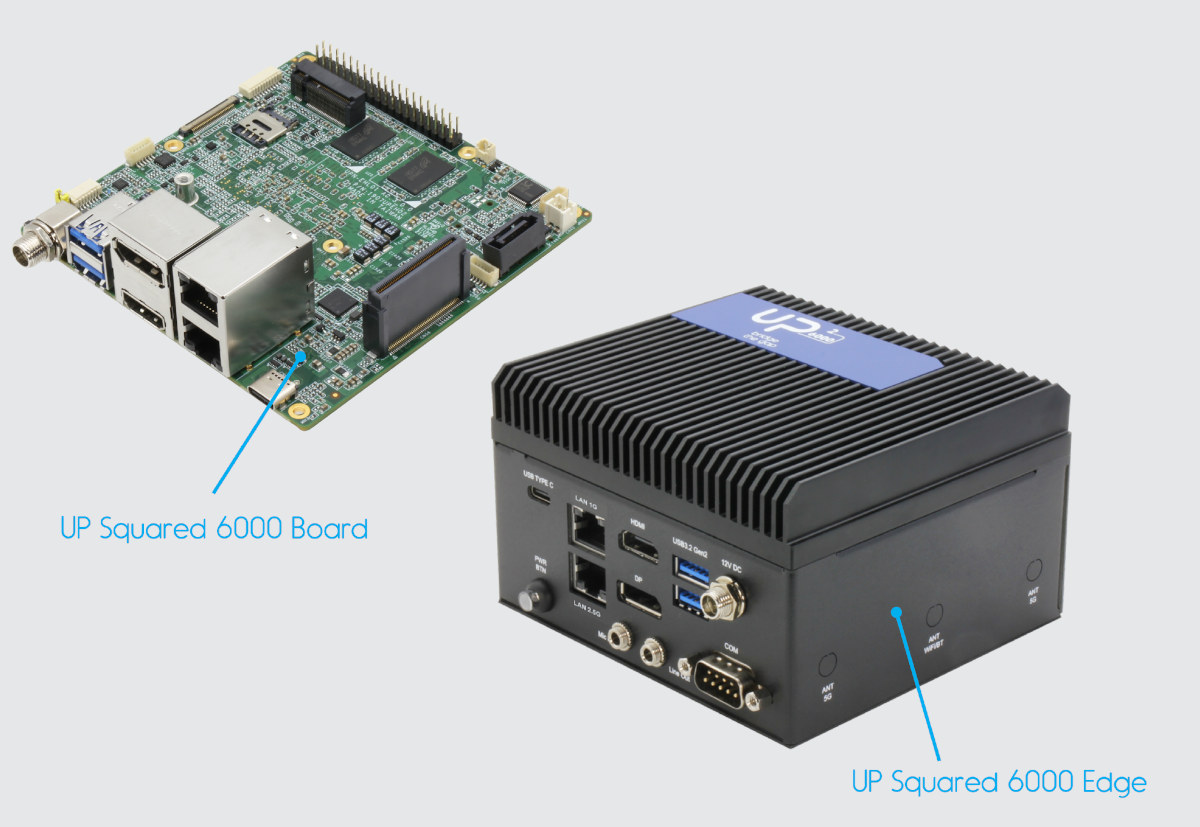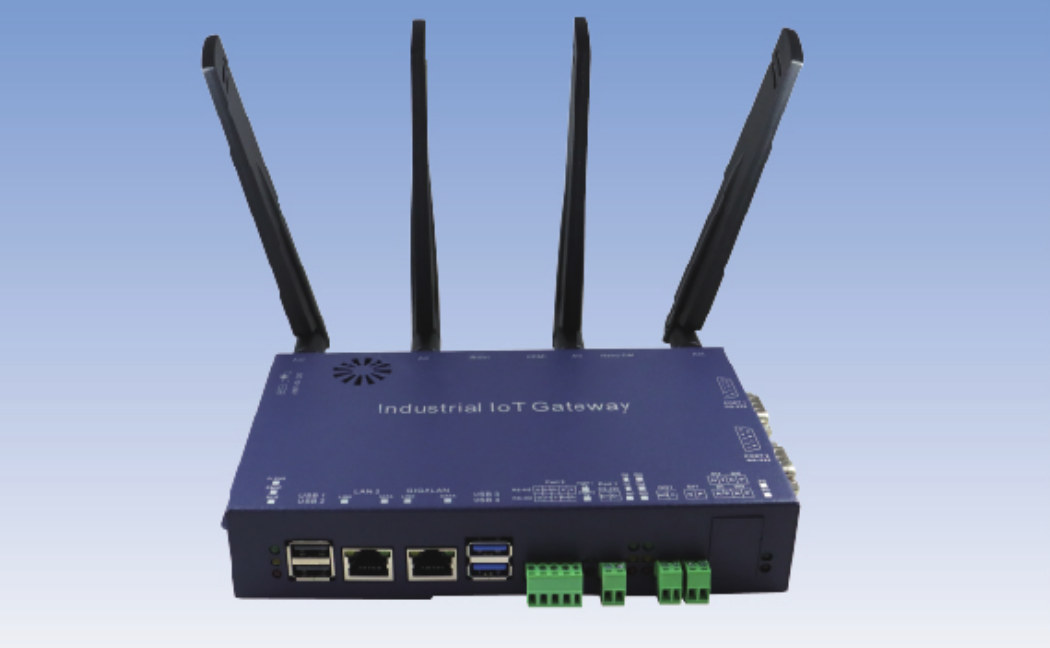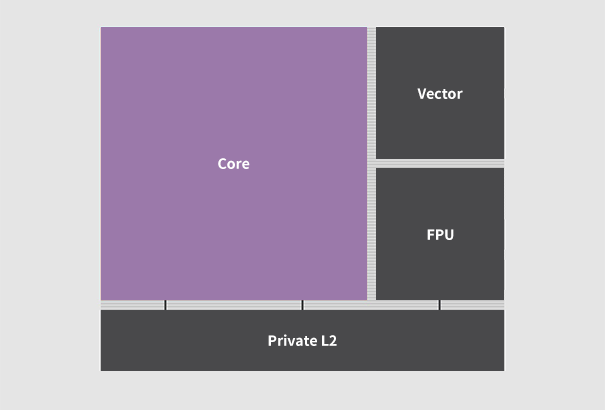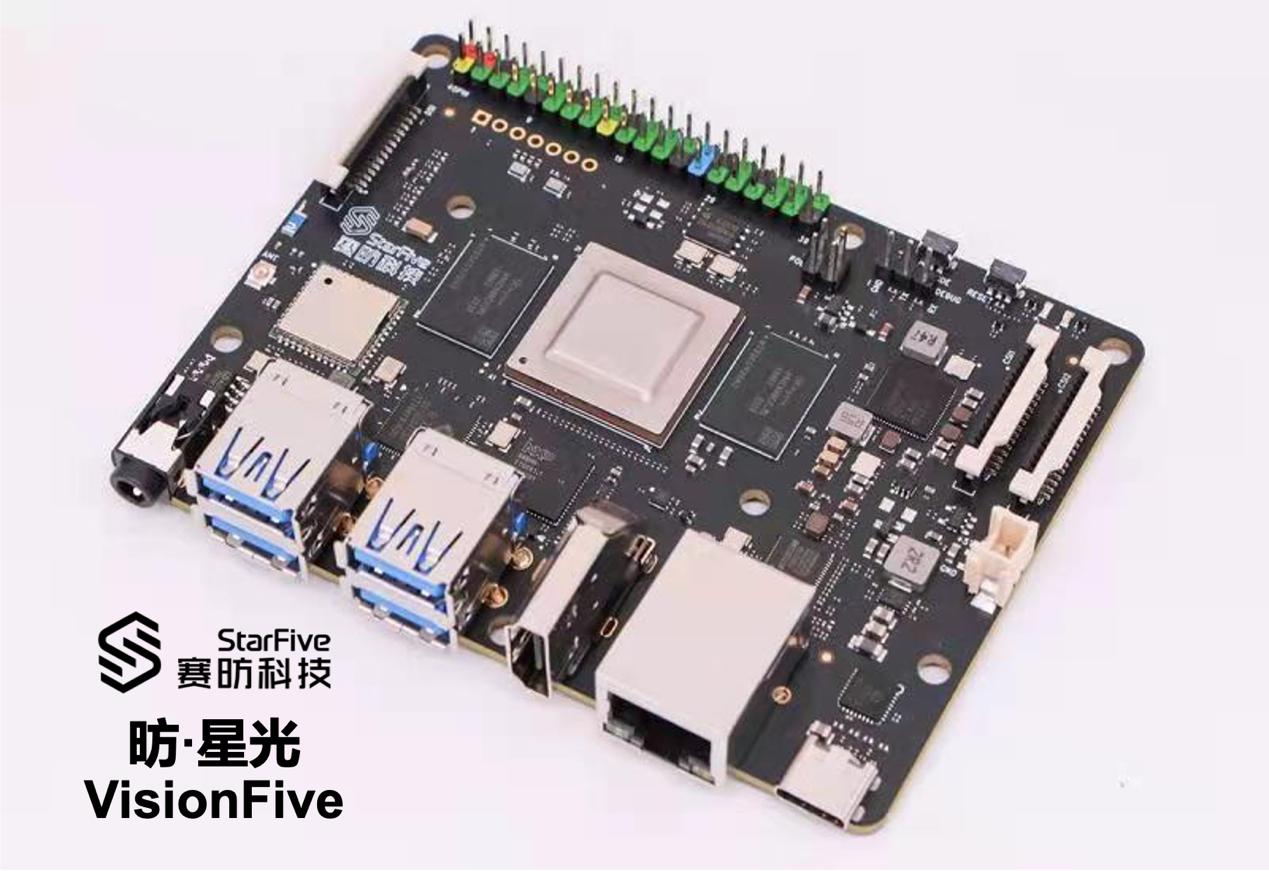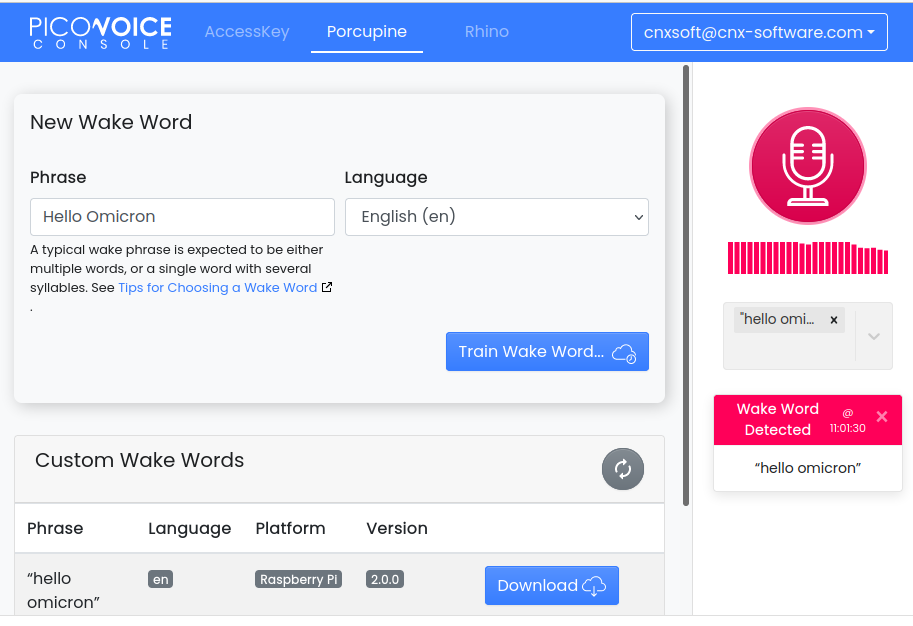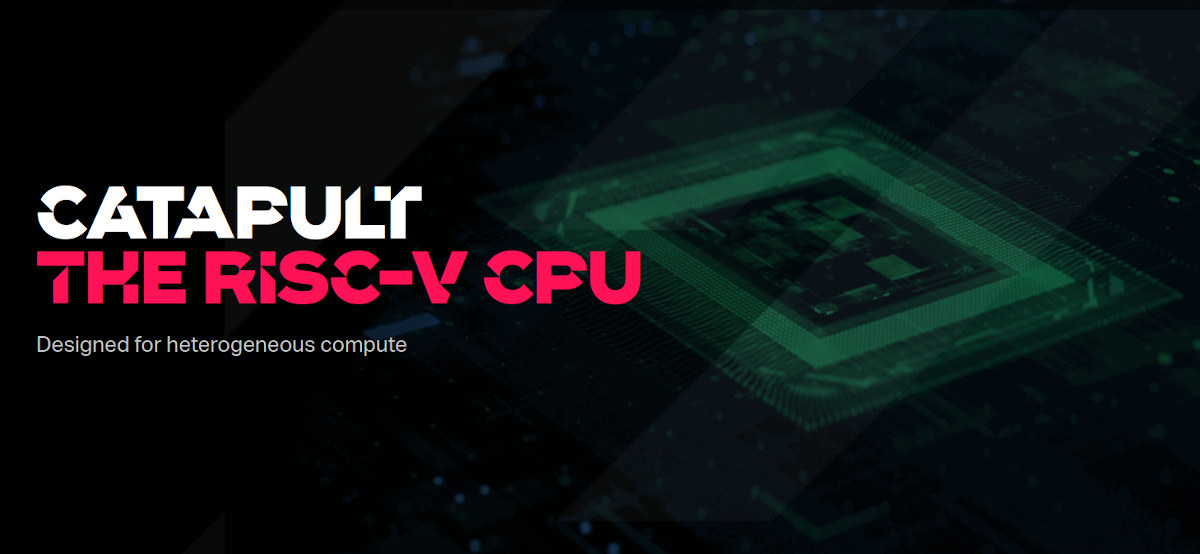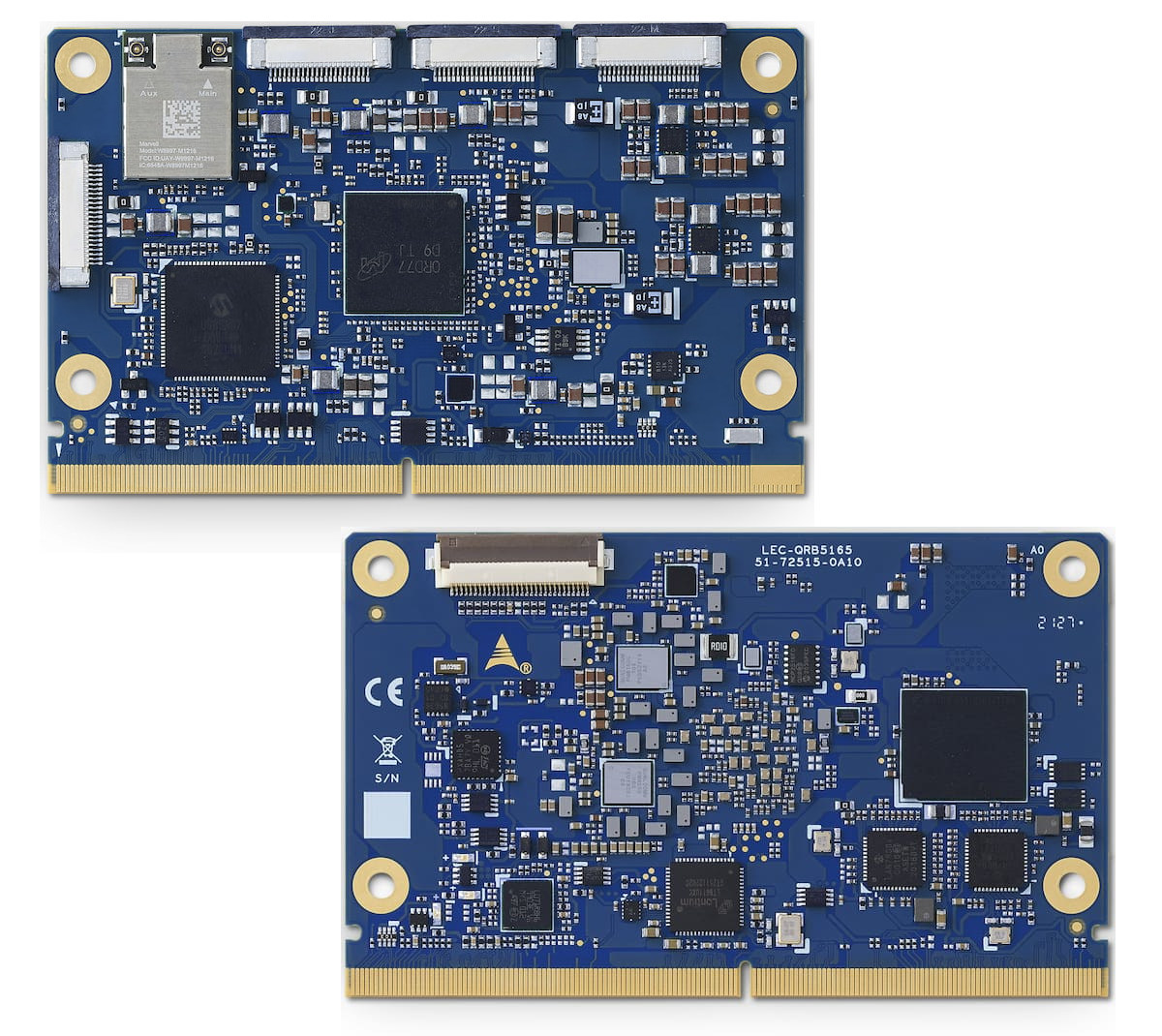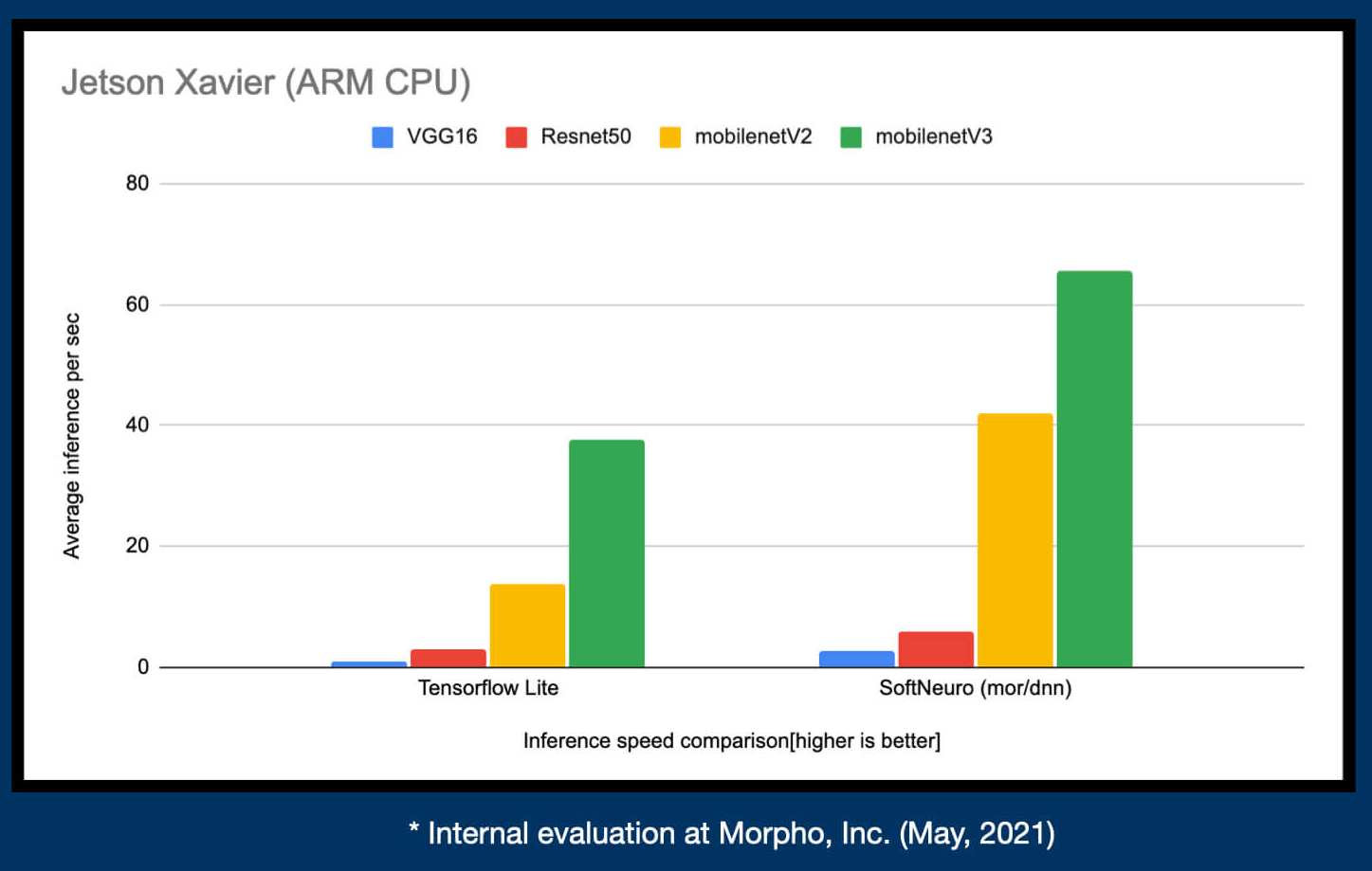AAEON has unveiled a new single board computer and edge system from the “UP bridge the gap” family with UP Squared 6000 equipped with Intel Atom x6000, Celeron, or Pentium Elkhart Lake processor, up to 8GB DDR4, 64GB eMMC flash, two Gigabit Ethernet ports, DisplayPort 1.2, HDMI 2.0b, eDP video interfaces, SATA and M.2 storage, and more. The UP Squared 6000 is available in four different SKUs with notably an industrial SKU powered by the Intel Atom x6425RE optimized for automation, robotics, and industrial applications with support for Intel Time Coordinated Computing (TCC), Time-Sensitive Networking (TSN) via its 2.5GbE port. UP Squared 6000 specifications: Elkhart Lake SoC (one of the other) Intel Celeron N6210 dual-core processor @ 1.2 GHz / 2.6 GHz with 16EU Intel UHD graphics; 6.5W TDP Intel Pentium J6426 quad-core processor @ 1.8GHz / 3GHz with 32EU Intel UHD Graphics; 10W TDP Intel Atom x6413E quad-core processor […]
5G IoT/AIoT industrial gateway ships with Raspberry Pi Compute Module 4
WPC-632-Pi CM4 is an industrial IoT gateway based on Raspberry Pi Compute Module 4 with optional 5G or 4G LTE cellular connectivity, that joins other Raspberry Pi CM4 industrial gateways such as CompuLab IOT-GATE-RPI4, CatsPi Industrial Lite, Modberry M500 CM4, among others. The Linux gateway features two Ethernet ports, RS232/RS485 and other I/Os via terminal blocks, mPCIe and M.2 sockets for expansion with 5G modem 4G LTE mode, AI accelerator, or an NVMe SSD, as well as support for 9V to 32V wide-range input power. WPC-632-Pi CM4 industrial gateway specifications: SoM – Raspberry Pi Compute Module 4 with Broadcom BCM2711 quad-core Cortex A72 processor with VideoCore VI GPU, up to 8GB RAM, up to 32GB flash, optional wireless module Storage – Optional PCIe SSD via M.2 key M socket Video and audio output – 1x micro HDMI port up to 4Kp60 with audio Camera – 1x MIPI CSI-2 connector Connectivity […]
StarFive Dubhe 64-bit RISC-V core to be found in 12nm, 2 GHz processors
StarFive has just announced customers’ delivery of the 64-bit RISC-V Dubhe core based on RV64GC ISA plus bit manipulation, user-level interrupts, as well as the latest Vector 1.0 (V) and Hypervisor (H) instructions. StarFive Dubhe can be clocked up to 2 GHz on a 12nm TSMC process node, and the company also released performance numbers with a SPECint2006 score of 8.9/GHz, a Dhrystone score of 6.6 DMIPS/MHz, and a CoreMark score of 7.6/MHz. A third-party source told CNX Software it should be equivalent to the SiFive Performance P550 RISC-V core announced last summer, itself comparable to Cortex-A75. StarFive Dubhe highlights: Typical frequency – 2.0 GHz @ TSMC 12nm “Industry-leading” Power and Area Efficiency (TSMC 12nm) RISC-V Vector Extension Data types: floating point, fixed point and integer VLEN=128-1024bits ALU & data path width=128 or 256 bits Full vector register grouping (LMUL) support RISC-V Virtualization Extension Pre-integrated Multi-Core with Memory Coherency Support […]
StarFive VisionFive single board computer officially for sale, accelerating RISC-V ecosystem development (Sponsored)
San Francisco, U.S. – Dec. 8, 2021- at RISC-V Summit 2021, StarFive Technology Co., Ltd. (hereinafter “StarFive”), the leader of RISC-V software and hardware ecosystem in China, announced that “VisionFive” single-board computer is officially for sale. The availability of VisionFive signifies a breakthrough in RISC-V hardware for high-end applications to help accelerate the innovations of the global RISC-V industry and promote the improvement and development of the open-source software ecosystem to drive the realization of more innovative top-layer RISC-V applications. VisionFive open-source hardware enables a new level of innovation for the RISC-V ecosystem VisionFive, the first generation of cost-effective RISC-V single-board computer is designed to run Linux, with StarFive’s JH7100 vision processing SoC. The JH7100 SoC is equipped with a 64-bit high-performance RISC-V dual-core processor with a 2MB L2 cache, running at 1.5GHz, which is excellent for high-performance computing. The JH7100 SoC is further equipped with the deep learning processing […]
PicoVoice offline Voice AI engine gets free tier for up to 3 users
PicoVoice offline Voice AI engine has now a free tier that allows people to create custom wake words and voice commands easily for up to three users on any hardware including Raspberry Pi and Arduino boards. I first learned about PicoVoice about a year ago when the offline voice AI engine was showcased on a Raspberry Pi fitted with ReSpeaker 4-mic array to showcase the company’s Porcupine custom wake word engine, and Rhino Speech-to-Intent engine. The demo would support 9 wake words with Alexa, Bumblebee, Computer, Hey Google, Hey Siri, Jarvis, Picovoice, Porcupine, and Terminator. More importantly, the solution allows you to easily create your own custom words in minutes from a web interface by simply typing the selected wake word, with no need for hundreds of voice samples or waiting weeks to get it done. So I tried “Hey You” first, but I was told it was too short, […]
Imagination introduces Catapult RISC-V CPU cores
As expected, Imagination Technologies is giving another try to the CPU IP market with the Catapult RISC-V CPU cores following their previous unsuccessful attempt with the MIPS architecture, notably the Aptiv family. Catapult RISC-V CPUs are/will be available in four distinct families for dynamic microcontrollers, real-time embedded CPUs, high-performance application CPUs, and functionally safe automotive CPUs. The new 32-/64-bit RISC-V cores will be scalable to up to eight asymmetric coherent cores-per cluster, offer a “plethora of customer configurable options”, and support optional custom accelerators. What you won’t see today are block diagrams and detailed technical information about the cores because apparently, all that information is confidential even though some Catapult RISC-V cores are already shipping “in high-performance Imagination automotive GPUs”. The only way to get more details today is to sign an NDA. Having said that we have some more information about the target markets and development tools. Imagination Capapult […]
ADLINK LEC-RB5 – A Qualcomm QRB5165 SMARC module designed for drones and robots
ADLINK Technology LEC-RB5 is a SMARC compliant system-on-module powered by the Qualcomm QRB5165 octa-core Cortex-A77 class processor which we’ve already seen in Qualcomm Flight RB5 high-end drone reference design and Lantronix Open-Q 5165RB system-on-module designed for robotics applications. The LEC-RB5 SMARC module ships with up to 8GB PoP LPDDR4 memory, 256GB UFS storage, provides on-device artificial intelligence capabilities (up to 15 TOPS), support for up to 6 cameras, and low power consumption. The main target applications are high-end robots and drones in the consumer, enterprise, defense, industrial, and logistics sectors. LEC-RB5 SMARC SoM specifications: SoC – Qualcomm QRB5165 octa-core Kryo 585 processor with a Kryo Gold Prime @ 2.84 GHz, 3x 3 Kryo Gold @ 2.42 GHz, 4x Kryo Silver @ 1.81 GHz, Adreno 650 GPU @ up to 587 MHz, Video decode HW acceleration for H.265/HEVC, H.264, MPEG2, MVC, VC-1, WMV9, JPEG/MJPEG, VP8, VP9, video encode HW acceleration for […]
Download a free trial of the SoftNeuro Deep Learning SDK for Intel and Arm targets (Sponsored)
Morpho, a global research & development company established in Japan in 2004 and specialized in imaging technology, is now offering a free trial for the SoftNeuro deep learning SDK working on Intel processors with AVX2 SIMD extensions, 64-bit Arm targets, while also leveraging OpenCL and/or CUDA. Some of the advantages of SoftNeuro are that the framework is easy to use even for those without any knowledge about deep learning, it’s fast thanks to the separation of the layers and their execution patterns, and it can run on several different hardware and OS being cross-platform. SoftNeuro relies on its own storage format (DNN format) to deliver the above advantages. But you can still use models trained with any mainstream deep learning framework. TensorFlow and Keras models can be directly converted to the DNN format, while models from other frameworks can be converted first to the ONNX format and then to the […]


